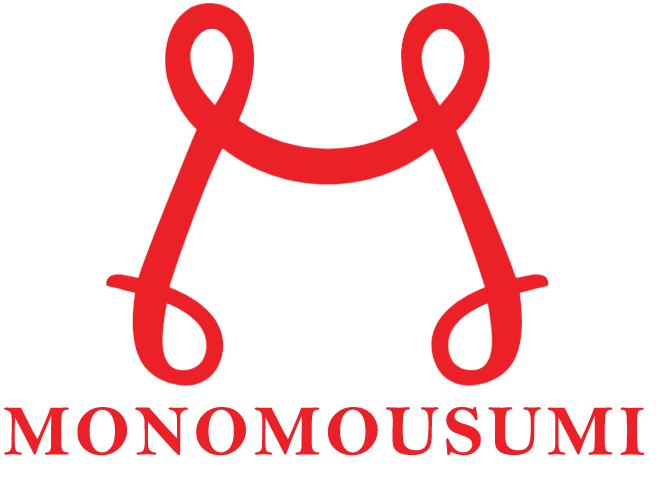Direct marketing can be described as a type of advertising where businesses direct contact their intended customers to advertise their products or services without relying on traditional intermediaries like media channels or retailers. In India where the market for consumers is market is vast and expanding quickly Direct marketing has become popular as a potent method for businesses to establish connections, boost sales and improve brand loyalty.
This article focuses on the benefits and drawbacks of direct marketing with a particular focus on its use and impact on the Indian business environment.
What is Direct Marketing?
Direct marketing aims to reach customers via direct channels of communication like:
- Marketing via email: Sending personalized emails to existing or potential customers.
- Telemarketing: Engaging with customers via the telephone.
- Text marketing via SMS sending promotional or updates by text.
- Digital platforms and social media: Utilizing platforms such as WhatsApp, Instagram, or Facebook to allow direct interactions.
- Direct mailing: mailing catalogs, brochures, or other promotional materials directly to the customers.
- Personalized advertising Utilizing targeted advertisements built on customer behaviour and preferences.
Advantages of Direct Marketing
1. Personalization and Targeting
Direct marketing enables companies to tailor their communications to make customers feel appreciated. For example, online stores such as Flipkart or Amazon in India make use of customized messages and app notifications that recommend products according to browsing patterns and browsing history.
2. Cost-Effectiveness
When compared to traditional advertising channels like print or television Direct marketing is usually cheaper. Campaigns via SMS or email like those mentioned above, need minimal investment and deliver tangible results, which makes them perfect in the case of small or medium-sized companies (SMEs) that are located in India.
3. Measurable Results
One of the main benefits that direct advertising has is its ability to measure. Companies can measure the success of their campaigns at a moment’s notice by using metrics like the rate of open, click through rate, as well as conversion rate, which allows the company to improve their strategies to achieve greater results.
4. Builds Stronger Customer Relationships
Direct marketing allows for one-on-one communications with customers, which helps businesses establish stronger relationships. Customized promotions, loyalty programs regular updates and promotions can improve the retention of customers and increase loyalty.
5. Immediate Feedback
Direct marketing channels, such as email or social media companies can get immediate feedback from their customers. This allows businesses to address issues, assess the satisfaction of customers, and adjust their offerings swiftly.
6. Enhances Brand Awareness
Constant communication with customers helps keep a brand in the forefront of mind. In India companies such as Zomato and Swiggy utilize frequent notifications on their apps as well as emails to interact with customers to increase brand recall.
7. High Return on Investment (ROI)
Through its targeted approach and cost-effectiveness of direct marketing, it often results in a higher ROI. For instance, campaigns for SMS marketing in India have produced impressive results thanks to their high response rates and open rate.
8. Flexibility Across Channels
Direct marketing is flexible across multiple channels, like SMS, email, and social media, which allows businesses to select the best platform for their target audience and goals.
9. Encourages Customer Action
Direct marketing typically has a clear call-to action (CTA) for example “Shop Now” or “Limited Offer,” which encourages immediate responses from customers. This is especially useful in India’s highly competitive markets, which are characterized by discounts with a limited-time duration that drive purchase.
10. Facilitates Market Segmentation
Direct marketing allows companies to segment their customers according to demographics, behaviour or preferences, which ensures that marketing campaigns are targeted to specific segments of customers.
Disadvantages of Direct Marketing
1. Intrusive Nature
Direct marketing techniques like unwelcome emails or telemarketing calls could be seen as intrusive, which can lead to customer displeasure or a negative perception of the brand. In India consumers frequently complain about frequent marketing messages.
2. High Risk of Being Ignored
With the overwhelming amount of messages sent to consumers each day, consumers often ignore or erase marketing content. Some emails are not read SMS messages can be deleted while social media advertisements could be viewed as scrolled over.
3. Limited Reach
Direct marketing is extremely targeted that can limit its reach when compared with massive media advertising. This is not the best option for companies looking to create massive brand recognition.
4. Data Privacy Concerns
India has witnessed a growing awareness of privacy concerns with data in particular with new legislation introducing the Personal Data Protection Bill. The misuse of customer data to market direct can cause legal repercussions and losing confidence.
5. Dependence on Customer Data
Effective direct marketing relies on accurate and current information about customers. Untruths or inaccurate information can cause poorly targeted marketing campaigns as well as wasted money.
6. Requires Skilled Execution
Making personalized messages, analyzing customer information, and coordinating campaigns require specific skills and equipment. Smaller businesses might struggle to acquire the required knowledge and resources.
7. Over-Saturation
When you’re in highly competitive areas such as India customers are bombarded by marketing messages from a variety of brands, making it difficult for each campaign to be noticed.
8. Can Be Perceived as Spam
Marketing campaigns that direct customers to their website, particularly when they are not targeted, could be considered spam. This could result in lower involvement and an adverse reputation for the brand.
9. Time-Intensive
Making customized marketing campaigns for different customer segments can take time. Businesses need to invest a lot of time to understand customer behavior and preferences.
10. Potential for Negative Feedback
Direct communication channels usually invite direct feedback. If customer service isn’t satisfactory, businesses could confront public scrutiny via social media platforms and could damage their reputation.
Direct Marketing in India: Sectoral Applications
- eCommerce: Platforms like Amazon and Flipkart rely heavily on customized messages as well as app-specific notifications in order to increase sales and keep customers.
- Banking as well as Financial Service: Banks like HDFC and ICICI make use of marketing via SMS and emails to market financial products like credit cards and loans.
- Retail Indian retailers such as Big Bazaar leverage loyalty programs and SMS-based campaigns to inform customers of promotions and discounts.
- Hospitality Companies including OYO and MakeMyTrip make use of mobile and email apps to offer customized deals on hotel reservations and travel packages.
- Health: Clinics, hospitals and other diagnostic facilities in India make use of direct marketing to market health checkups, vaccinations, and other drives.
Strategies for Effective Direct Marketing in India
- Segmentation Segment the crowd into groups that are according to preferences, demographics and behaviour.
- personalization Create personalized messages to resonate with customers.
- Conformity in Regulations: Adhere to the laws that govern unsolicited communication as well as data protection.
- Enhance Timing Deliver messages in times when customers are the most likely to be engaged.
- Track and analyze: Use analytics tools to assess the effectiveness of your campaigns and improve strategies.
Future of Direct Marketing in India
Future prospects for direct-marketing in India is bright, fueled by advances in technology and the growing penetration of internet. Some of the key trends are:
- Artificial Intelligence (AI): AI-powered tools will let businesses make hyper-personalized advertising campaigns.
- Chatbots The automated interactions that can be achieved through apps such as WhatsApp can boost direct interaction.
- voice marketing: Voice assistants increase in popularity Direct marketing using voice could become a new marketing channel.
- Omnichannel Integration seamless integration between traditional and digital channels will improve customer experience.
Conclusion
Direct marketing is a potent instrument that gives companies in India an easy and personal means of interacting with customers. Its benefits, like efficiency, cost-effectiveness, quantifiable results, and enhanced customer engagement make it a vital element of modern-day marketing strategies. But, companies must face problems like privacy concerns for data in addition to customer anger and the danger of being disregarded.
Through implementing best practices, using technology, and focusing on strategies that focus on customers, businesses can tap into the full possibilities of direct advertising to boost development and create lasting relationships. In India’s diverse and dynamic market direct marketing will play an important role in defining how brands interact in a meaningful way with customers.




